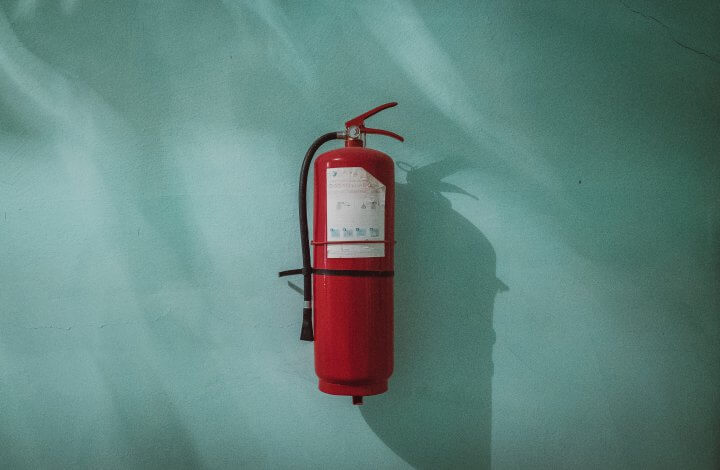
Teens are better able to understand more of the finer points of fire safety than are their younger siblings. Teens are also better able to retain and bring to memory more of the details of fire safety. For these and many more reasons, teens should be trusted with more information when it comes to fire safety. Your teens should know just as much, if not more than you when it comes to fire safety. This is especially true if they are going to be trusted with more dangerous responsibilities such as cooking, being left alone in the house, or being responsible for watching their younger siblings while the parents are away.
You can teach teens fire safety in a number of ways. One simple way is to have your teen follow you from room to room as you talk about the fire hazards that exist within those rooms. Keep your teen involved by asking for their input for how the home can be safer or for asking if they have noticed any fire safety hazards that you did not notice or that have gone undiagnosed. Here are some fire tips that address some of the most common causes of house fires:
Fire danger in the kitchen or while cooking
•Never leave the kitchen if something is cooking. The same rule applies to barbeque grills.
Dishtowels, paper towels, bags, papers and anything else that could burn should be kept at least 3 feet away from the stove top.
•Avoid wearing loose fitting clothes while cooking as they may touch a burner and catch on fire while cooking.
Fire danger caused by heaters or fire accelerants
•Keep matches and lighters up high and out of reach of young children or put a lock on the cabinets where they are stored.
•Keep space heaters at least 3 feet away from any flammable object.
•Have a service person inspect chimneys, fireplaces, wood and coal stoves and central furnaces once a year. Have them cleaned when necessary.
•Keep a metal screen in front of the fireplace and make sure that anything that could catch fire is kept at a safe distance.
•If any family members smoke, make sure that they do so outside and that deep ashtrays are positioned on sturdy surfaces. Cigarette butts should be run under water before being thrown in the trash.
•Never leave burning candles unattended. Blow out the candle if you are going to leave the room. Do not allow children to keep candles or incense in their rooms. If lighting candles make sure to use stable, candle holders made of material that won’t catch fire (i.e. metal, glass, etc.).
Fire danger caused by products and appliances
•Make sure that lids are closed in flammable liquids and that they are stored up high and out of reach of little hands.
•Do not overload the electrical outlets by trying to plug in too many appliances at once. One appliance per outlet is generally a good rule of thumb to stick with.
You can have your teen familiarize himself with these rules and test him by creating mock situations where something potentially hazardous is being done (of course you will never want to put anything or anyone in danger while creating these tests for your teens). Simply role playing or pretending that something is being done is enough to illustrate the fire hazard you are trying to teach about. You may be surprised at how many violations your teen may be able to discover in your home that you may not have even been previously aware of.